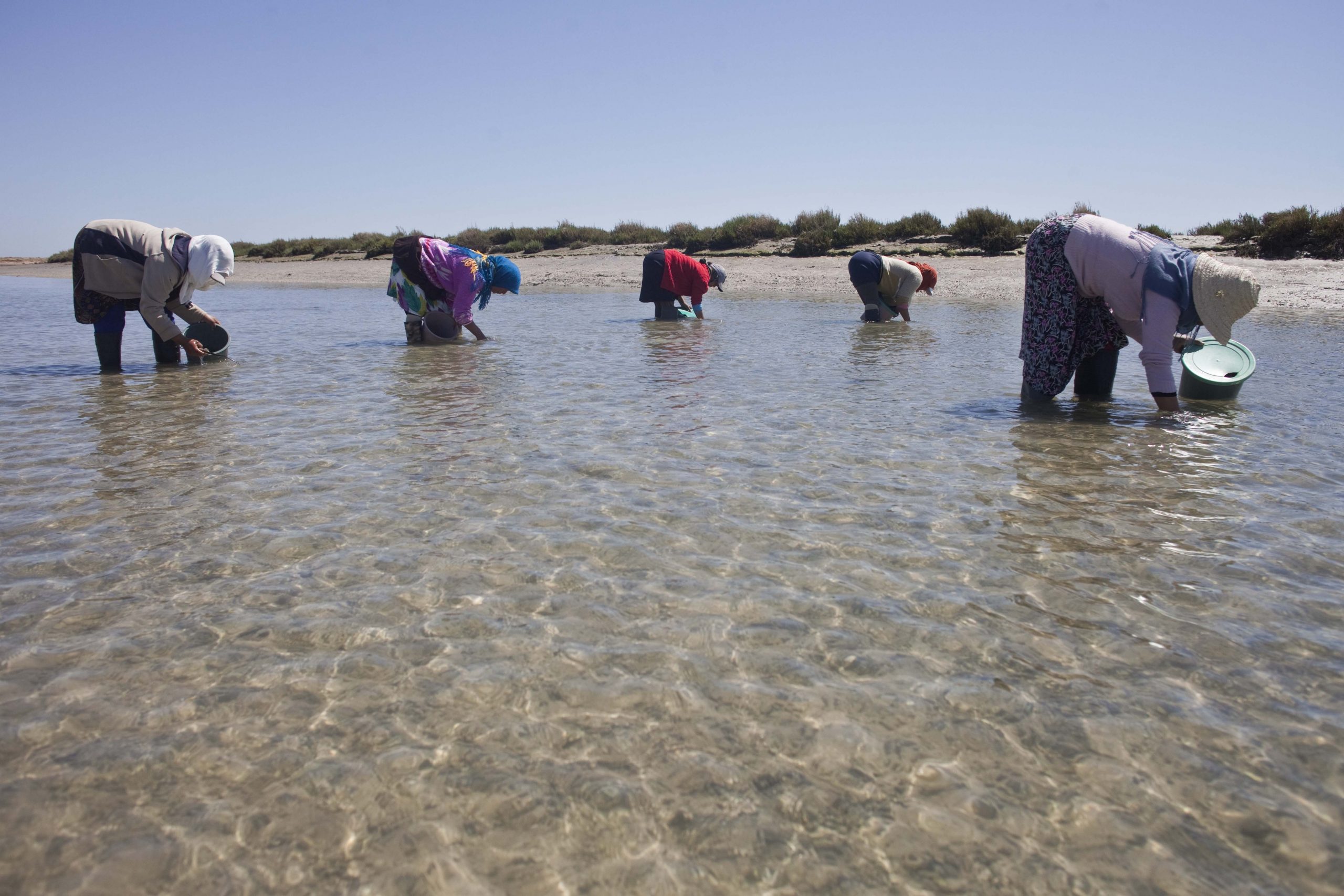
Water covers 70 percent of the Earth. Marine and freshwater environments sustain an abundance of life in its spectacular diversity. Through our history, small-scale fishing communities have interacted and depended on these living resources. A threat to aquatic environments is a danger to artisanal fishers.
Their protection and stewardship are essential to the communities and cultures they sustain. This relationship is a framework to manage conflicts and improve the quality of life and livelihood of small-scale fishers. It was recognized in the UN Convention on Biological Diversity.
Governments increasingly designate marine protected areas (MPAs) for conservation and management. This legal instrument does help but its implementation has raised serious concerns. Target-driven expansion of MPAs is fixated on quantitative goals. This has hit the rights, livelihoods and sustainable use practices of small-scale fishing communities. MPAs—created often in a non-consultative and non-participatory manner—have focused on regulating/restricting their fisheries, failing to recognize their sustainable livelihoods, culture and survival.
It is imperative that protection efforts are grounded in principles of sustainable use. That their processes are inclusive and recognizebuilding upon them. Artisanal fishers must be the frontline of marine biodiversity conservation. There is an urgent need for systematic improvements on all such matters.
A range of ICSF’s initiatives highlight the social and political dimensions of conservation. The importance of livelihoods of poor and vulnerable communities, of their participation and consultation. The co-management of resources by fishing communities, based on a human rights approach to conservation.

Participation at CBD meetings, and collaboration with fish workers organizations, local community and indigenous groups is useful in contesting target driven and top-down approaches to conservation, and the associated violations of human rights linked to these approaches. It is also useful in influencing the text of the decisions adopted to take on board indigenous and local community concerns.

This study on marine protected areas (MPAs) in India analyzes the legal and institutional framework for their establishment, and uses two case studies–the Gulf of Mannar National Park and Biosphere...
Based on detailed studies of three sites–the Peixe Lagoon National Park in Rio Grande do Sul, and the marine extractive reserves (MERs) of Mandira, São Paulo, and Corumbau, Bahia–the study...
This study discusses the social dimensions of MPAs in Tanzania, using the case of the Mafia Island Marine Park and the socioeconomic, political and cultural contexts within which Mafia people...
This study on marine protected areas (MPAs) in Mexico relies on a variety of data sources as well as the authors’ longstanding field experience, particularly in the Yucatan Peninsula, to...
This study analyzes five marine protected areas (MPAs) in South Africa, which span three of the country’s four coastal provinces, namely, the Langebaan Lagoon MPA, the Maputaland MPA, the St...
By taking an intense look at the concerns revolving around turtle conservation and the protection of the livelihoods of traditional fishing communities, this film offers some insights into the dilemmas...
This theme provides information on four binding instruments, four non-binding conference declarations and three plans of action. The instruments make specific reference to conservation and sustainable use of inland, marine...
This study analyzes the existing sea turtle conservation measures in Orissa and the implications of conservation approaches for the livelihoods of fisherfolk, particularly for traditional fishing communities and the women...
This paper reviews marine biodiversity, coastal communities’ traditional ecological knowledge systems (TEKS) and the biodiversity they have conserved, and the industrial exploitation of marine genetic resources; it then analyzes TRIPS...
This study focuses on the carrying and assimilation capacity of the Gulf of Kutch in keeping with its intertidal peculiarities. The unchecked industrialization is fast depleting the corals of Gulf...
This note discusses the extent to which international legal instruments and processes have recognized the rights of the small-scale and artisanal fishing communities, as well as some of the lacunae...
Global Biodiversity Outlook (GBO), a flagship publication of the CBD is a periodic report that summarizes the latest data on the status and trends of biodiversity and draws conclusions relevant...
This study compiled an estimate of the total economic value (TEV) of the deep seas. Comprehensively, the TEV assessed for the deep-sea ecosystem as a whole is estimated at USD...
This handbook discusses strategies on how to weave the human right to a clean and healthy environment together with the SDGs and the post-2020 global biodiversity framework with a focus...
Seagrasses are marine flowering plants found in shallow coastal waters contributing to well-beingthrough food security (fish), improved quality of water through filtration by seagrasses, protection of coasts from erosion, storms...
Local Biodiversity Outlooks presents perspectives and experiences of indigenous peoples and local communitieson the current social-ecological crisis, contributions to the implementation of the Strategic Plan for Biodiversity 2011–2020 and to...
Examining the marginal willingness-to-pay and compensating surplus in response to policy change of ecosystem services of Sundarbans based on focus group discussion and survey, influential factors to choice the relevant...

This report discusses key elements and approaches for realistic and coherent reporting on the elements of Target 6, including through the use of various indicators and internationally agreed reference points....
The paper evaluates the impact of a fisheries management program centered on the definition of Fish Conservation Zones on biodiversity, measured as the number of species caught in the last...

The State of World Fisheries and Aquaculture aims to provide objective, reliable and up-to-date information to a wide audience – policymakers, managers, scientists, stakeholders and indeed everyone interested in the...